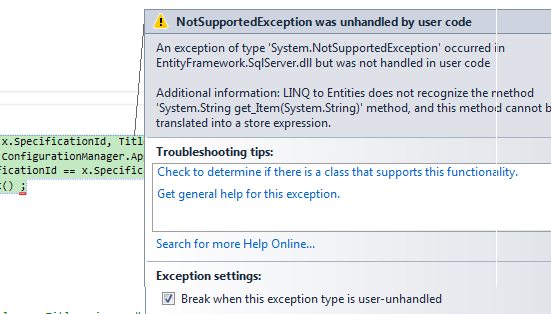

(2014) Detection of Circulating Parasite-Derived MicroRNAs in Filarial Infections. We demonstrated the presence of filarial miRNAs in host blood, regardless of localization in their respective hosts, and suggest that they are suitable targets for detection by RT-qPCR.Ĭitation: Tritten L, Burkman E, Moorhead A, Satti M, Geary J, Mackenzie C, et al. immitis miR-71 and miR-34 in dog plasma that discriminated infected from uninfected samples. We developed two RT-qPCR assays for the detection of D. Similarly, we discovered twenty-one miRNA candidates predicted to be released by Onchocerca volvulus in infected human sera. Using deep-sequencing technologies and bioinformatics, we identified over two-hundred mature miRNA candidates of nematode origin in plasma from Dirofilaria immitis-infected dogs. We investigated the potential of parasite-derived microRNAs (miRNAs short non-coding RNA molecules present in eukaryotes) as biomarkers of infection. For efficient treatment strategies, reliable diagnostic tests are necessary. The strongly debilitating panel of diseases they cause in humans contributes to an entrenched cycle of poverty. Nonetheless, parasite-derived circulating miRNAs are found in plasma or serum even for those species that do not live in the bloodstream.įilarial parasites commonly infect humans and animals, especially in tropical settings. This may be due to the imprecision of mf counts to estimate infection intensity or to miRNA contributions from the unknown number of adult worms present.

However, absolute miRNA copy numbers were not significantly correlated with microfilaraemia for either parasite. The presence of miR-71 and miR-34 discriminated infected samples (both species) from uninfected samples, in which no specific miRNA amplification occurred. Additionally, Brugia pahangi-infected dog samples were included in the analysis, as these miRNAs were previously detected in extracts prepared from this species. immitis-infected dog plasma was subjected to stem-loop RT-qPCR assays targeting two detected miRNA candidates, miR-71 and miR-34. miRNA deep-sequencing combined with bioinformatics revealed over 200 mature miRNA sequences of potential nematode origin in Dirofilaria immitis-infected dog plasma in two independent analyses, and 21 in Onchocerca volvulus-infected human serum. As a first step, we investigated the presence of circulating miRNAs released by filarial nematodes into the host bloodstream. Applications of novel technology are providing unprecedented opportunities to improve diagnosis and our understanding of the molecular basis for host-parasite interactions. Filarial nematodes cause chronic and profoundly debilitating diseases in both humans and animals.


 0 kommentar(er)
0 kommentar(er)
